We ship nationwide. Free standard shipping on orders over AED 150.
Hawaiian Ti Plant | Cordyline Fruticosa | Good Luck Plant
120 AED Ex VAT
The Delivered Plant May Differ in Size, Color, Number of Flowers, Branches, and Will Come in a Plastic Pot, not The One Shown in The Picture.
COMPREHENSIVE CARE GUIDE FOR HAWAIIAN TI PLANT (CORDYLINE FRUTICOSA)
 |
The Hawaiian Ti Plant prefers temperatures between 60 and 80°F (15–27°C) and should not be exposed to temperatures below 50°F (10°C). |
 |
The plant prefers bright, indirect sunlight. It should be protected from direct sunlight, as the intense rays can burn the leaves and cause discoloration. |
 |
Cordyline fruticosa prefers high humidity. Additionally, regularly misting the leaves with water can also help to increase the humidity around the plant. |
 |
Keep the good luck plant consistently moist but not waterlogged. It is essential to maintain wet soil while avoiding over-watering. |
HOW TO GROW THE HAWAIIAN TI PLANT
The Hawaiian Ti Plant, also known as Cordyline fruticosa, is a tropical indoor plant that is relatively easy to grow. To grow a Hawaiian Ti plant, you will need:
- Bright, indirect light
- Consistent moisture, but well-draining soil
- Average room temperature
STEPS TO GROW HAWAIIAN TI PLANT
- Choose a spot in your home that receives bright, indirect light. The plant can tolerate some direct sun, but too much will cause the leaves to yellow.
- Plant the Ti plant in well-draining soil that is consistently moist. You can use a commercial potting mix or make your own by mixing equal parts peat moss, perlite, and sand.
- Water the plant regularly, keeping the soil consistently moist but not waterlogged.
- Keep the plant at an average room temperature between 60 and 75 degrees Fahrenheit.
- Fertilize the plant every 4–6 weeks with a balanced, water-soluble fertilizer during the growing season.
- Prune the plant as needed to keep it at the desired size and shape.
- Keep an eye out for pests and diseases, and take action if necessary.
By following these steps, your Hawaiian Ti plant should grow well and be a healthy addition to your home.
ADDITIONAL CARE
In addition to providing bright, indirect light and well-draining soil, Hawaiian Ti plant care also involves regular watering and fertilization. The goog luck plant should be kept consistently moist but not waterlogged, and it can benefit from occasional misting. It is also important to ensure that the plant is not exposed to temperatures below 60 degrees Fahrenheit, as it is not frost-tolerant. Fertilize every 4–6 weeks during the growing season with a balanced, water-soluble fertilizer. It’s also recommended to prune the plant regularly to control its size and shape. It is also important to keep an eye out for pests such as spider mites, mealybugs, and scale insects, which can damage the leaves and cause discoloration if left untreated.
NOTE
An example picture gives a trustworthy image of the plant with good care. The plant in the example picture is not the plant that will be delivered. This is an example, so variations are possible. Eventually, the delivered plant may differ in, for example, size, number of flowers, and number of branches. The plant will be in a plastic pot, not the one shown in the picture.
| Size | 80cm – 100cm |
|---|
Only logged in customers who have purchased this product may leave a review.



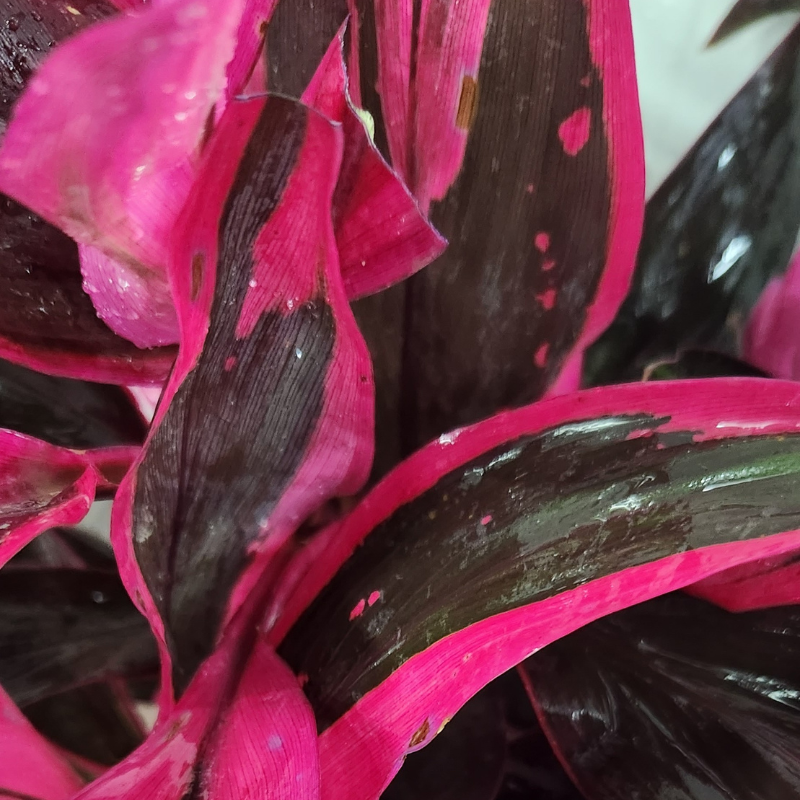
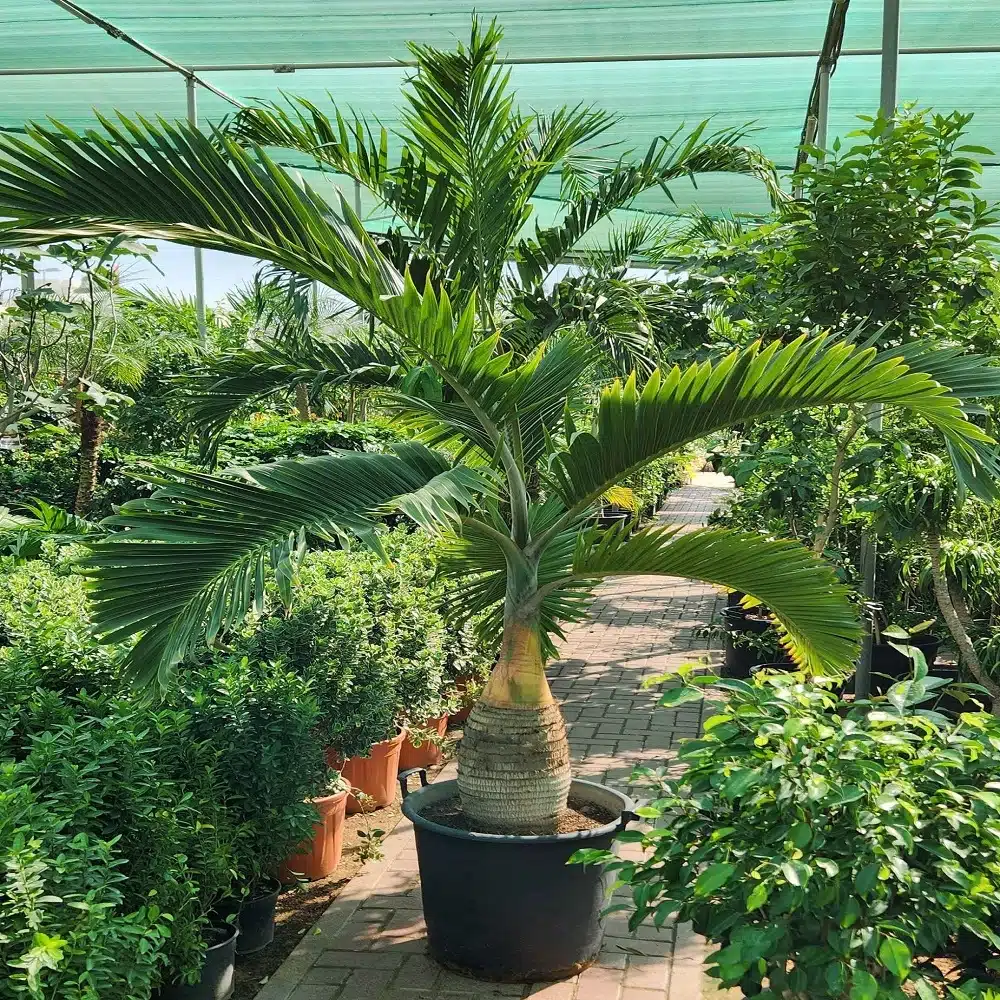
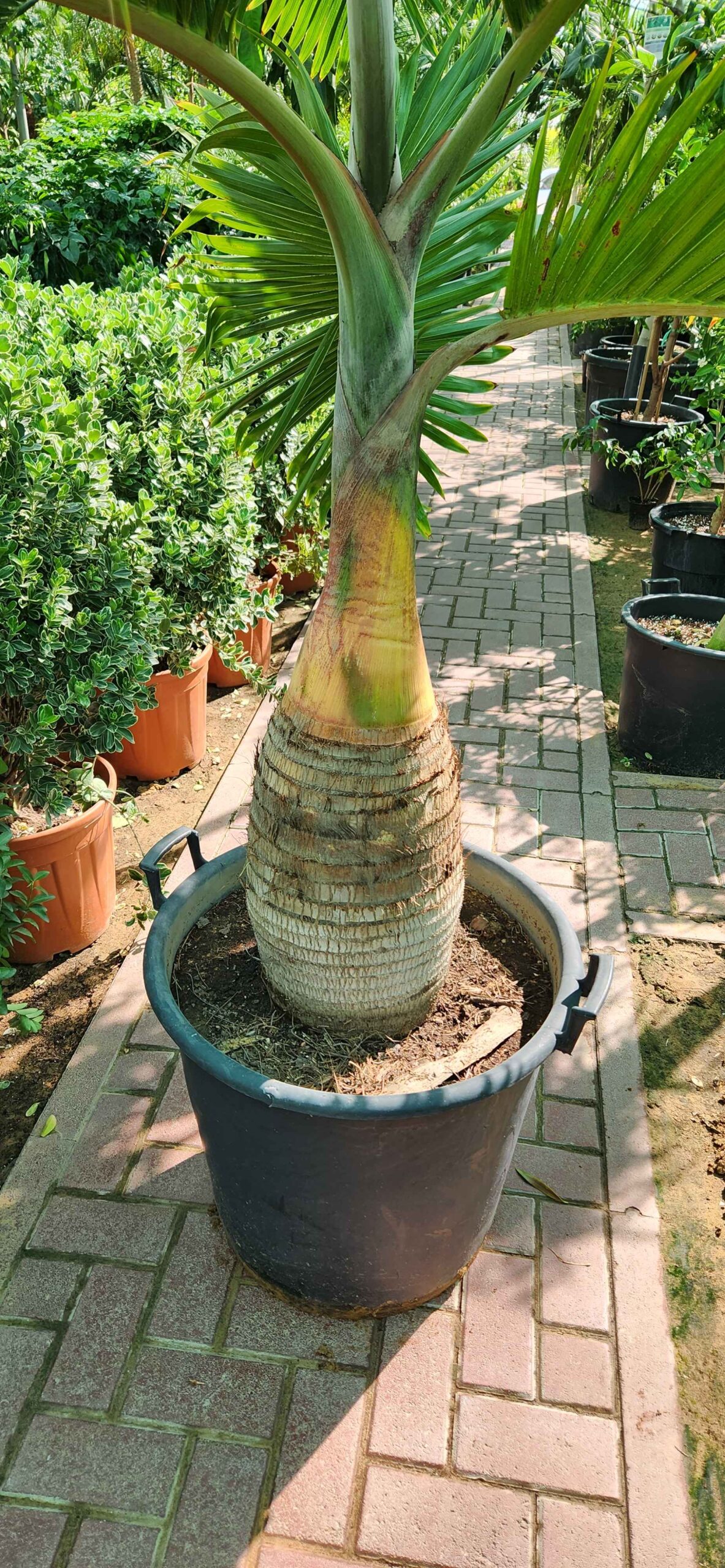
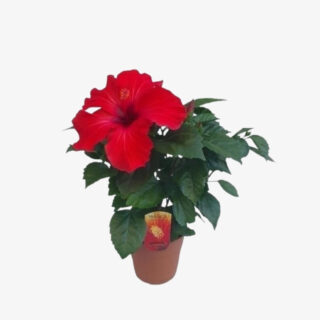
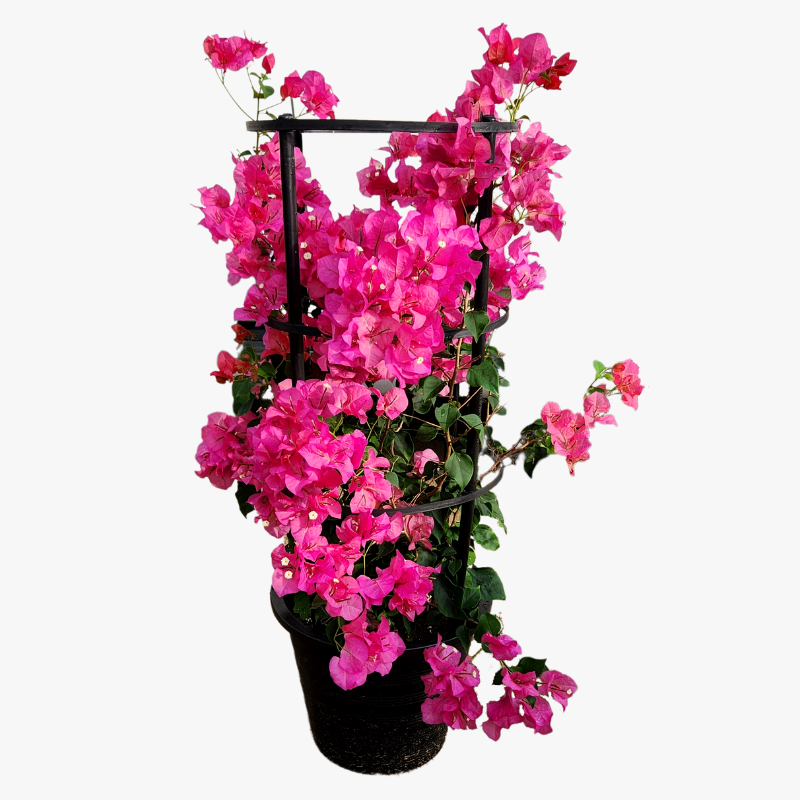
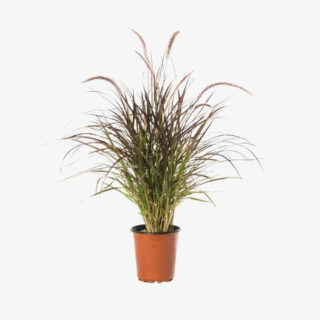
Reviews
There are no reviews yet.